Indoor Air Quality Standards: What They Are and How to Meet Them
Are you wondering how safe the air inside your building is?
Most home and business owners aren’t aware of indoor air quality standards. The recent lockdowns put a spotlight on indoor air quality (IAQ). As people stayed indoors, the health risks from air contaminants also increased.
Thus, meeting IAQ standards becomes more essential than ever. Continue reading below for a lowdown on IAQ standards and how to meet them.
What are Indoor Air Quality Standards?
The CDC created indoor air quality standards. It features guidelines aiming to maintain clean air inside buildings.
With the current health crisis in mind, you must meet two of the most vital IAQ standards. First, keep your carbon dioxide levels at 800 ppm or below. It ensures proper ventilation inside the building.
If the carbon dioxide levels go beyond the threshold, it compromises fresh air levels in the building. Second, ensure particulate levels stay within 10ug/m3. It’s the ideal air filter performance to reduce the risk of infection.
The IAQ standards suggest tracking and managing other air pollutant thresholds. These include the following:
- Particulate Matter 2.5
- Particulate Matter 10
- Volatile Organic Compounds
- Formaldehyde
Meanwhile, the ASHRAE recommends upgrading your central filtration to MERV-13. Combine air cleaners and filters to achieve MERV-13 filtration levels.
The Value of Meeting These Standards
Why is it necessary to meet IAQ standards? First is the reduction of airborne disease transmission. Poor indoor air conditions contribute to the spread of various pathogens.
Another is building efficiency. Buildings with clean air enjoy operational and financial benefits. Optimizing your HVAC system means energy efficiency.
It boosts everyone’s well-being. Workers are more level-headed, allowing them to make better decisions. Moreover, it reduces sick days and prevents downtime.
What Can You Do?
Partnering with an HVAC company specializing in indoor air quality is your best bet. Find an HVAC specialist with a high-efficiency air cleaner.
A reliable cleaner should remove up to 99% of environmental pollutants. It eliminates spores, pollens, and other pollutants causing respiratory disease.
Invest in quality humidifiers. They regulate indoor humidity and protect floors and wooden furniture.
Look into ultraviolet lights. They prevent molds, mildew, bacteria, and viruses from thriving. Furthermore, they keep your ductwork and cooling coils free of air contaminants.
Spend on a dependable carbon monoxide detector. Carbon monoxide is an unseen serious health risk. Also, install programmable zoning thermostats to increase the indoor comfort level.
Last but not least, revisit your existing HVAC system. Replace your old air conditioners with an efficient one. Make sure the unit passes EPA standards.
Improve Your Indoor Air Quality Now
Meeting indoor air quality standards allows you to keep everyone healthier. You can reduce the risk of illnesses from various airborne pathogens.
However, the key is to partner with a reputable HVAC specialist. It ensures your investment lasts for a long time.
We offer top-notch indoor air quality solutions in Haubstadt and other communities in Indiana. Connect with us to discuss your options.



